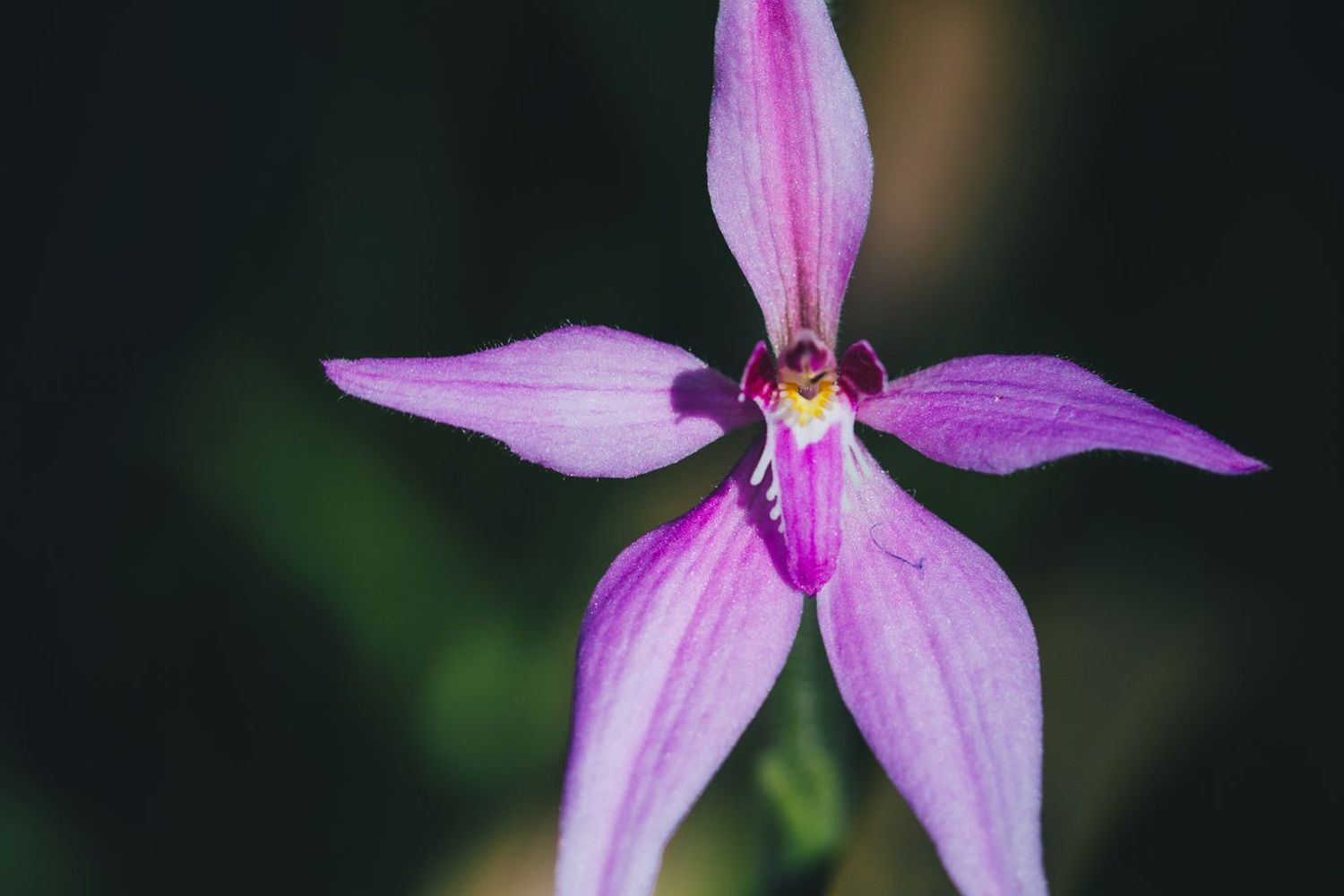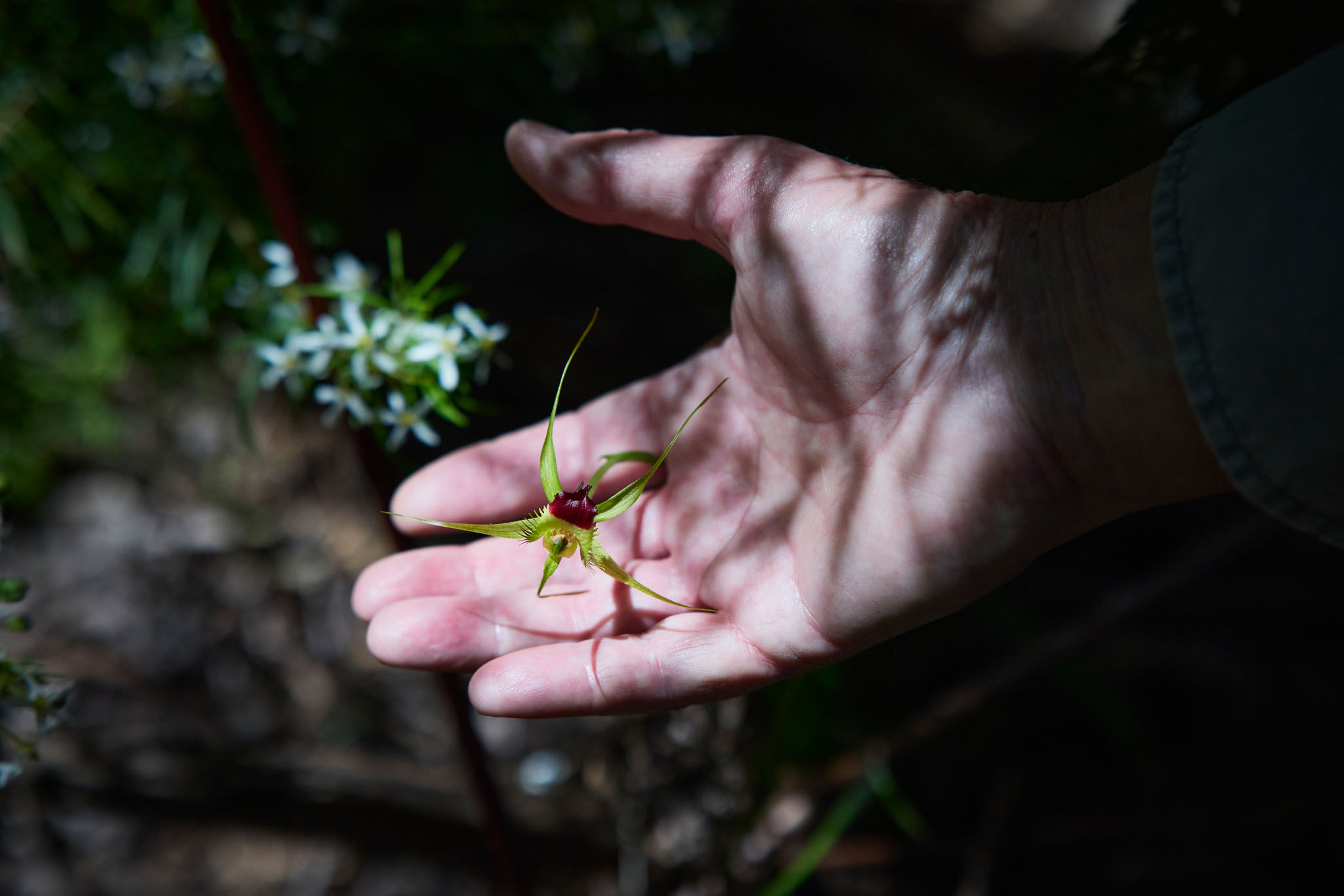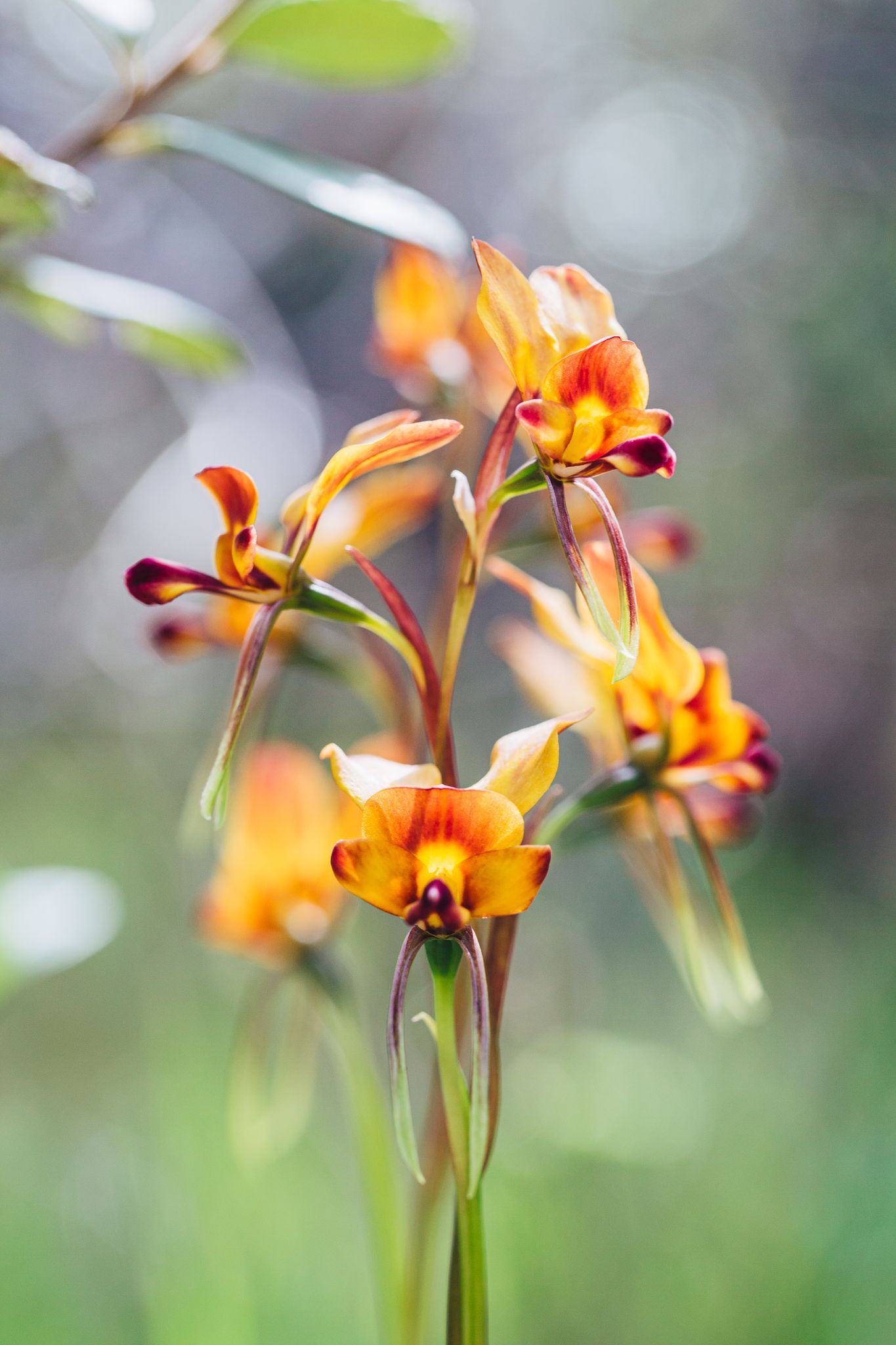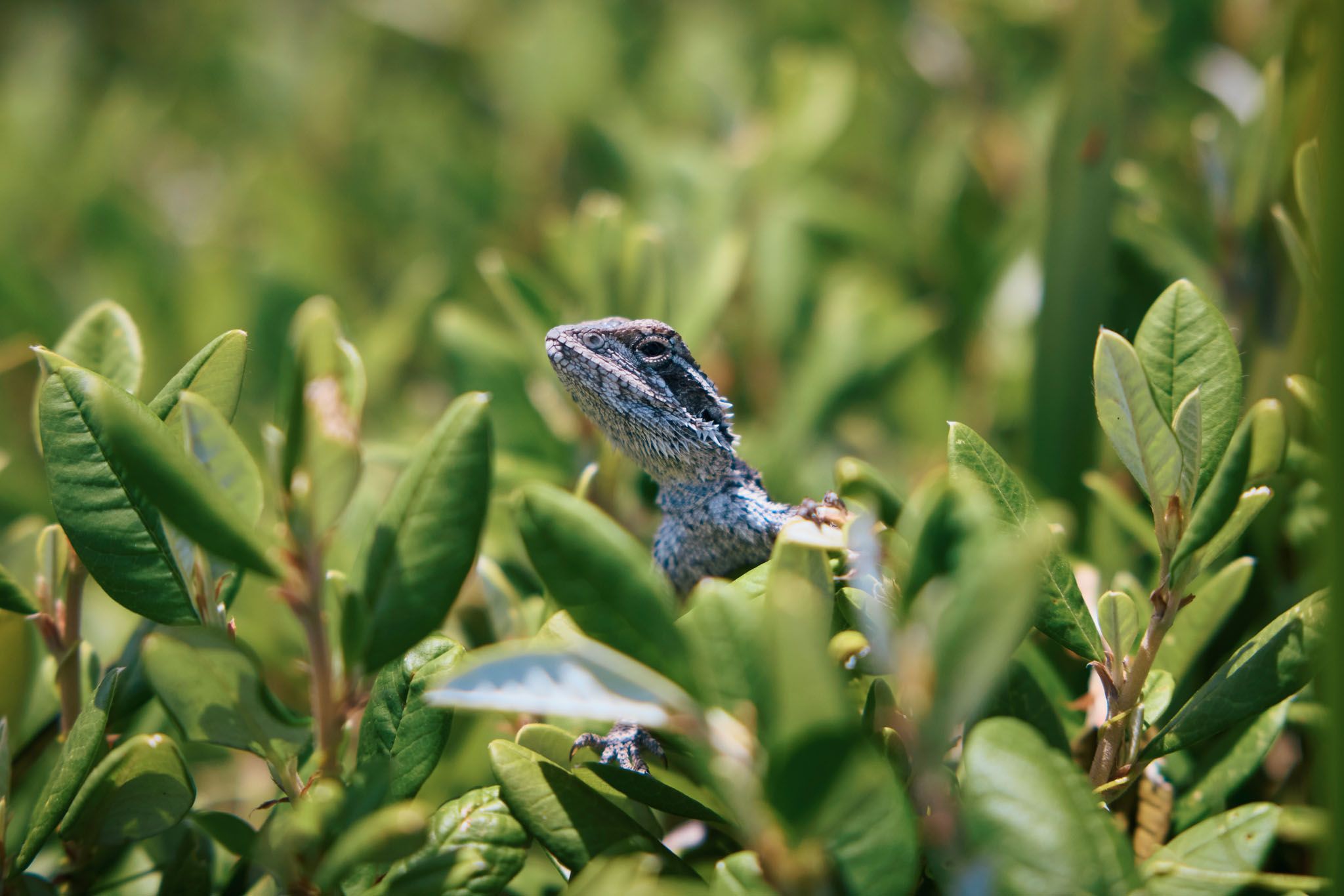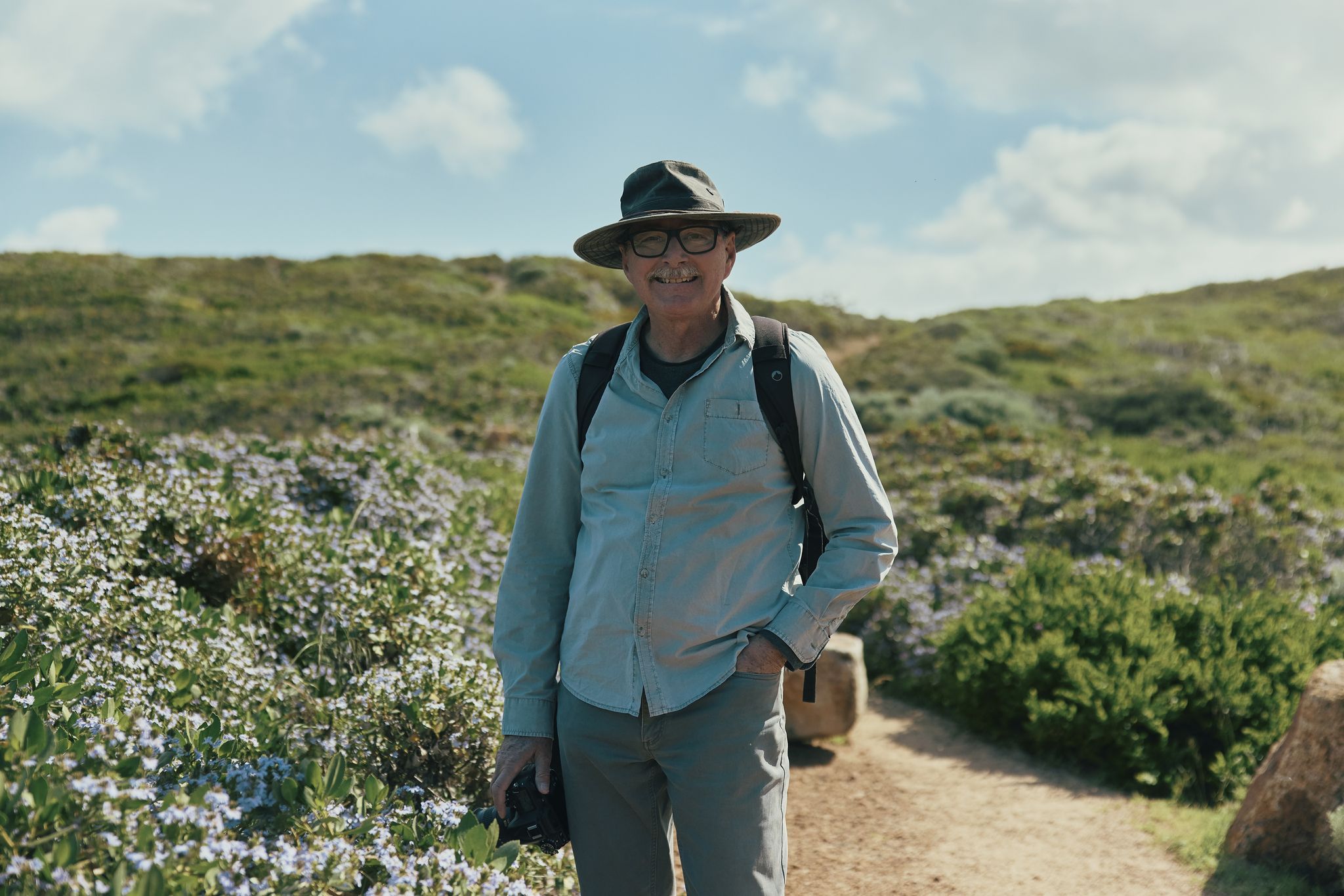What is a biodiversity hotspot?
“It’s massive double-edged sword, being a biodiversity hotspot. To qualify you need to have 1,500 species completely unique to this region, and from Perth to Esperance we have more than 3,500 endemic species. You also need to have lost three quarters of the habitat. Our biodiversity is unique and special, but it’s also under threat.
The good news is while the Margaret River Region has experienced a lot of land clearing, the Cape to Cape and Leeuwin Naturaliste National Park is a Noah’s Ark for a lot of those species. It’s protected, and we have a big percentage of the biodiversity in the region including plants that Perth and Albany have – and many of the ecosystems of the broader southwest corner.”
What can we – the public – do?
“If you’re visiting, enjoy the wildflowers and orchids but stick to designated tracks. A lot of the damage happens when people go off track and start stomping around, because until they flower, orchids are very hard to see.
Whether you live here or not, everyone can grow native plants in their garden. Around 70% of the land in the Margaret River Region is privately owned – so it makes a big difference whether you plant natives, or exotic species that become weeds.
Whether you grow an edible or exotic garden, you can still have that blending and interplanting with native species. Not only will it look beautiful, but you’ll attract a whole suite of native pollinators and animals like bird life, lizards, quendas – beautiful to look at, but they perform a whole lot of valuable services like pest control. The blue wrens love having a feed on bugs in my veggie garden, picking caterpillars off the broccoli!
There’s a bunch of native nurseries producing tubestock of endemic local species. Tubestock are very cheap to buy, just a few dollars each, and they perform better in the long run, quickly outgrowing the pricier advanced plants.”
